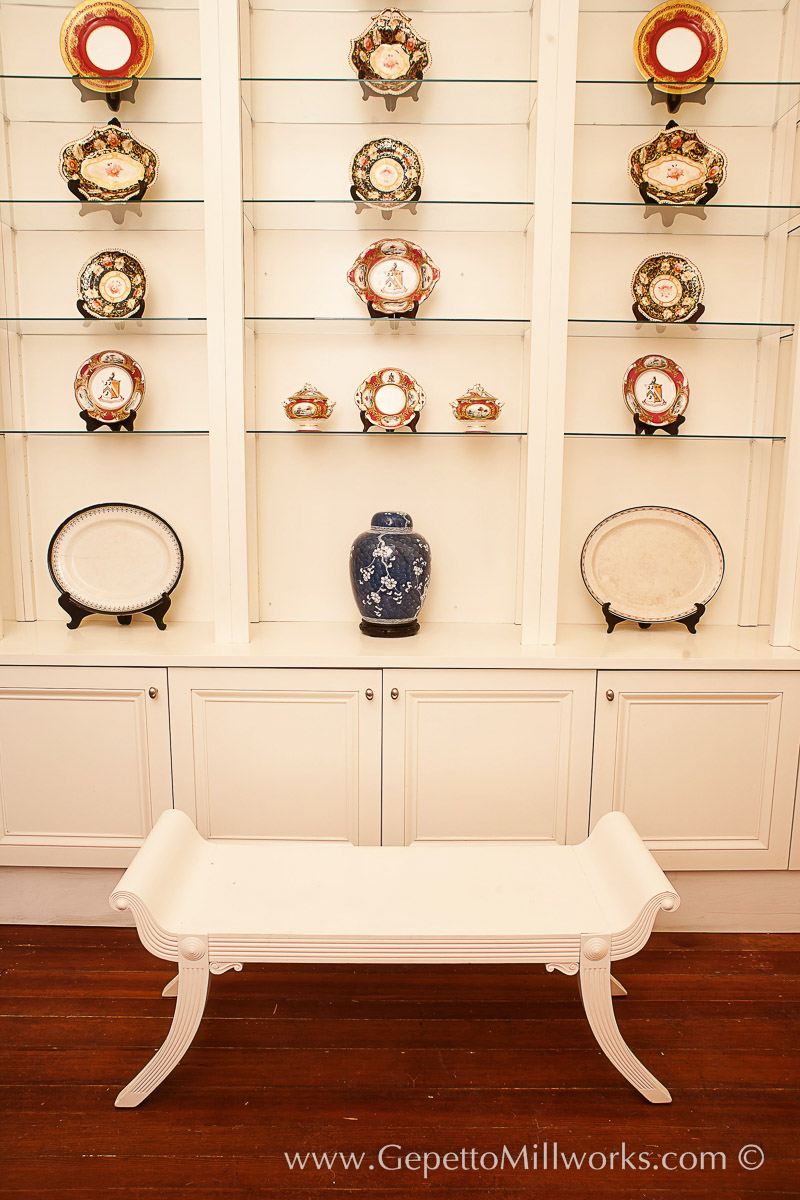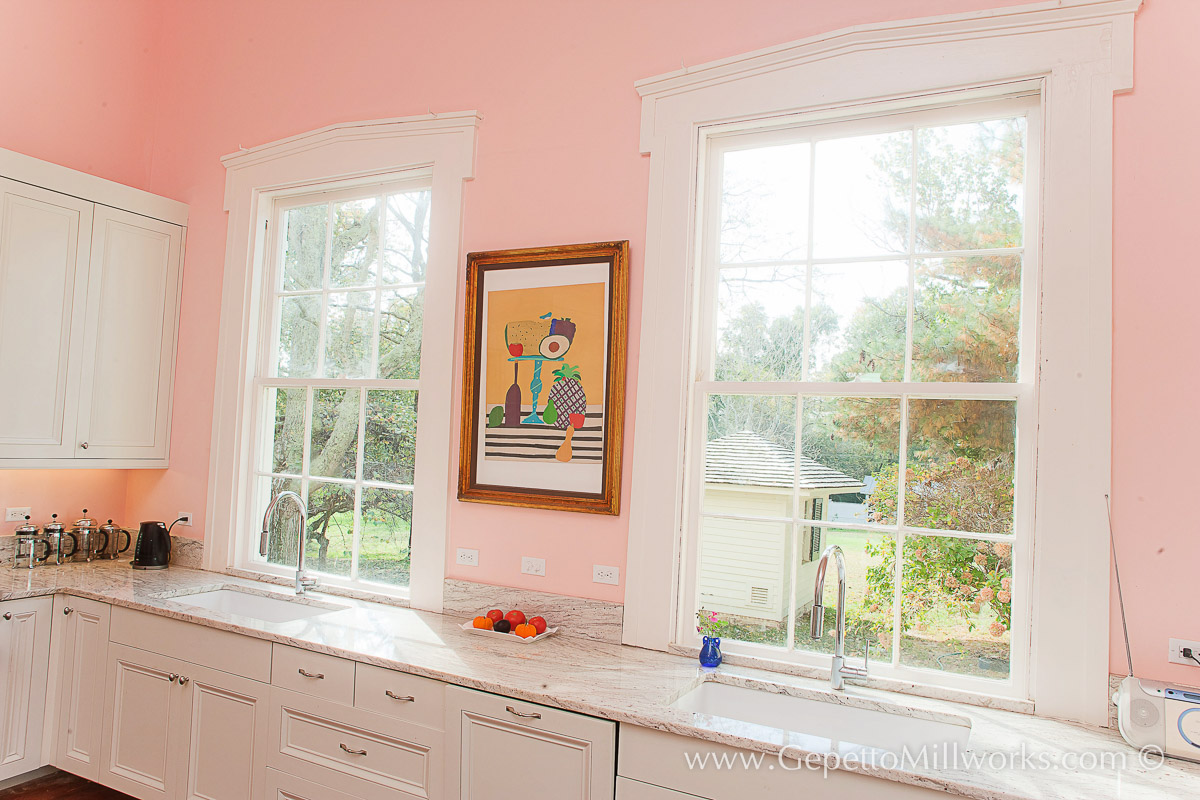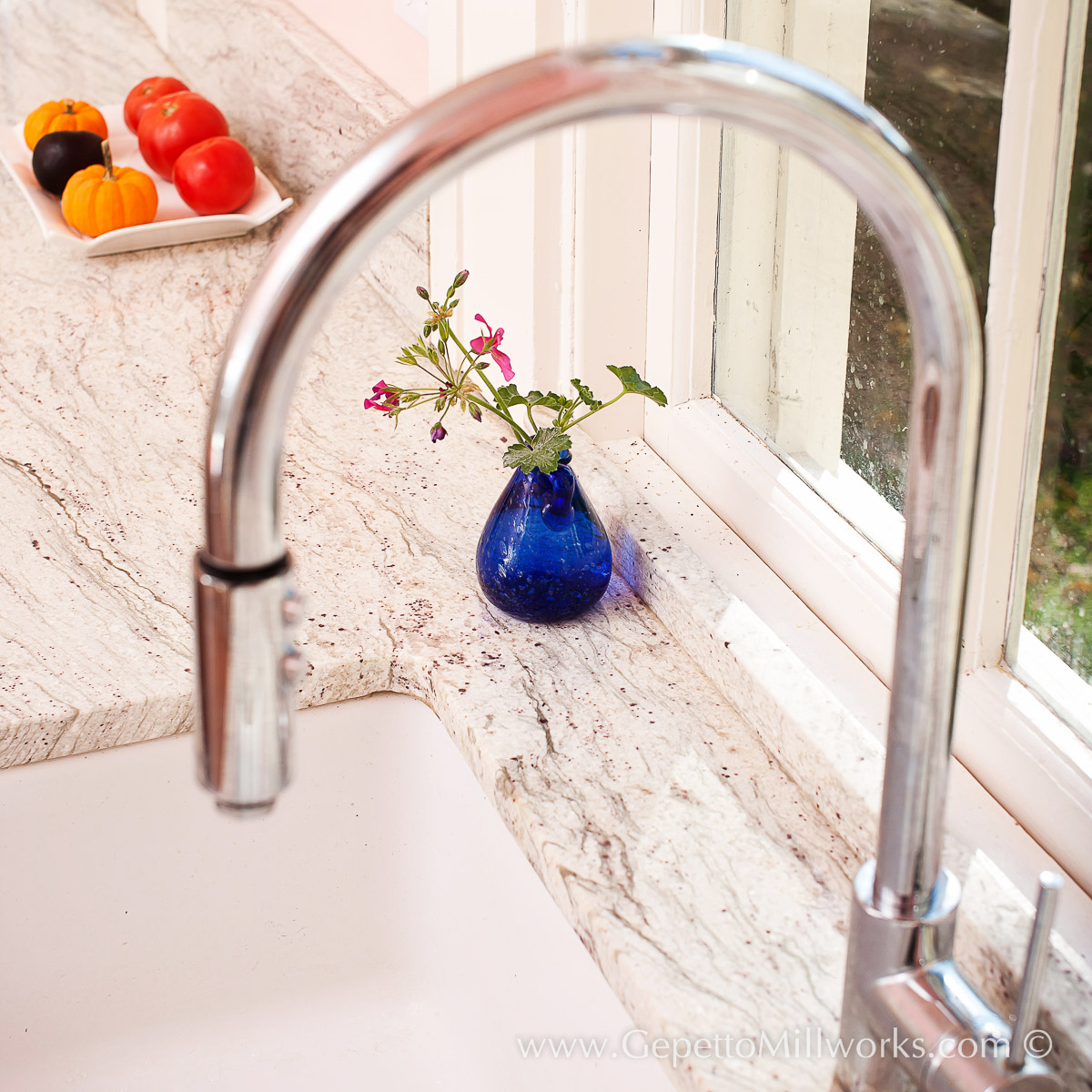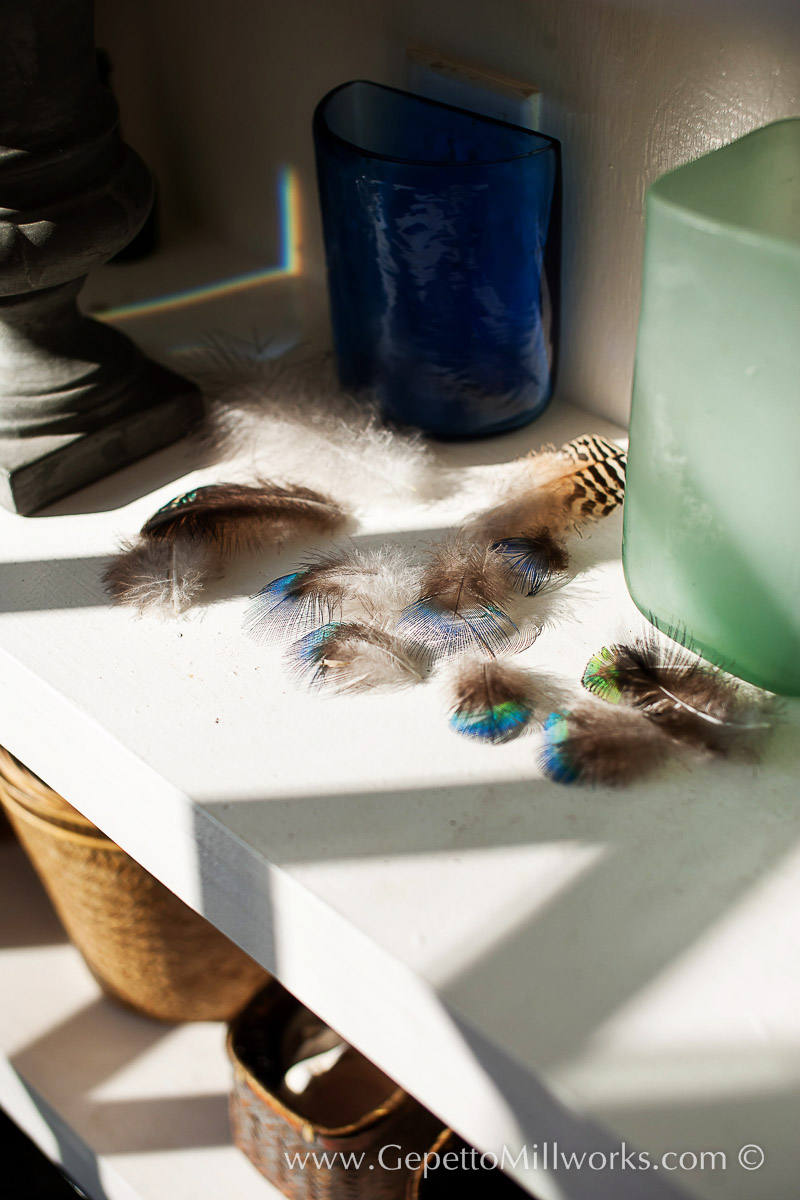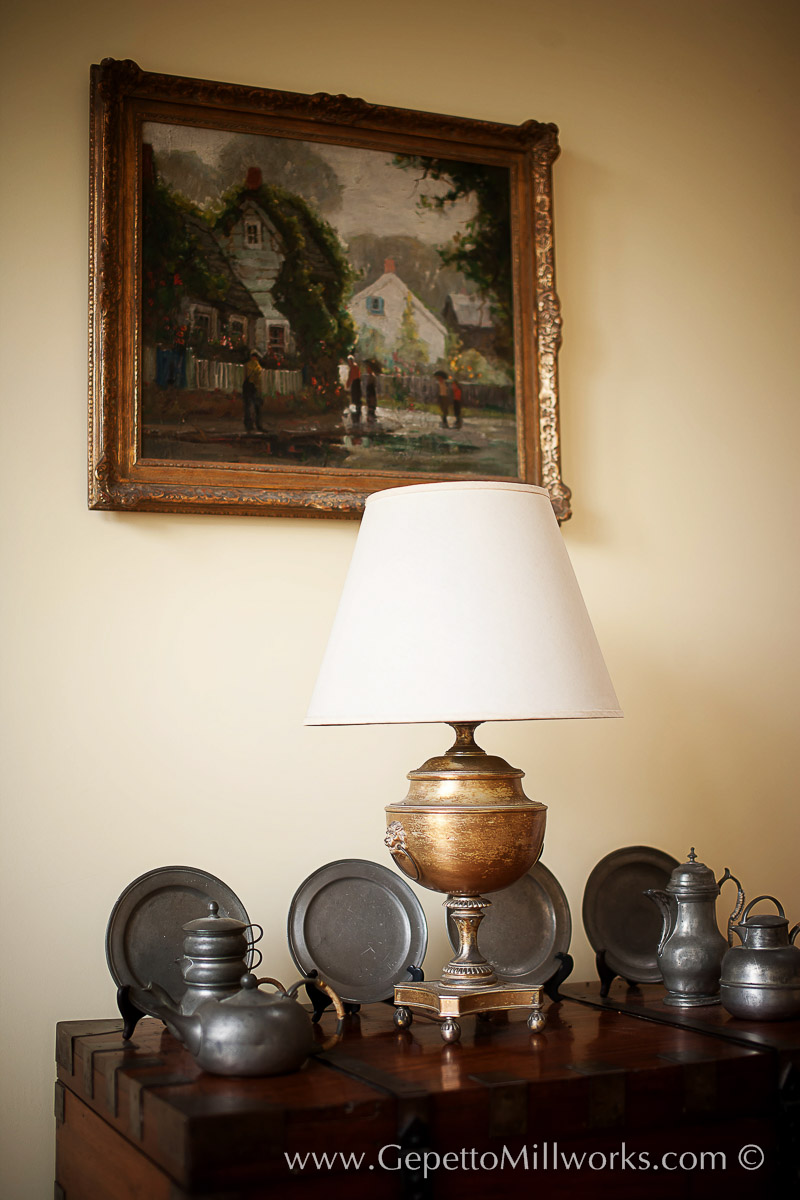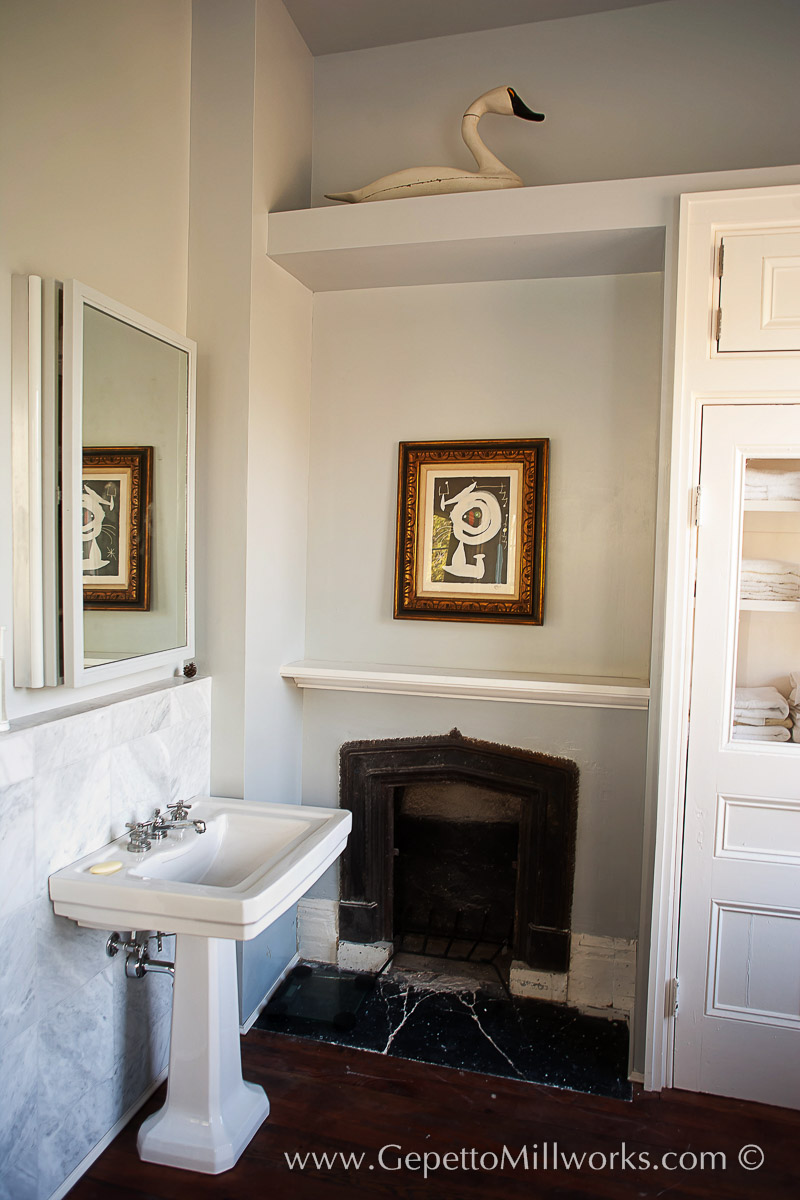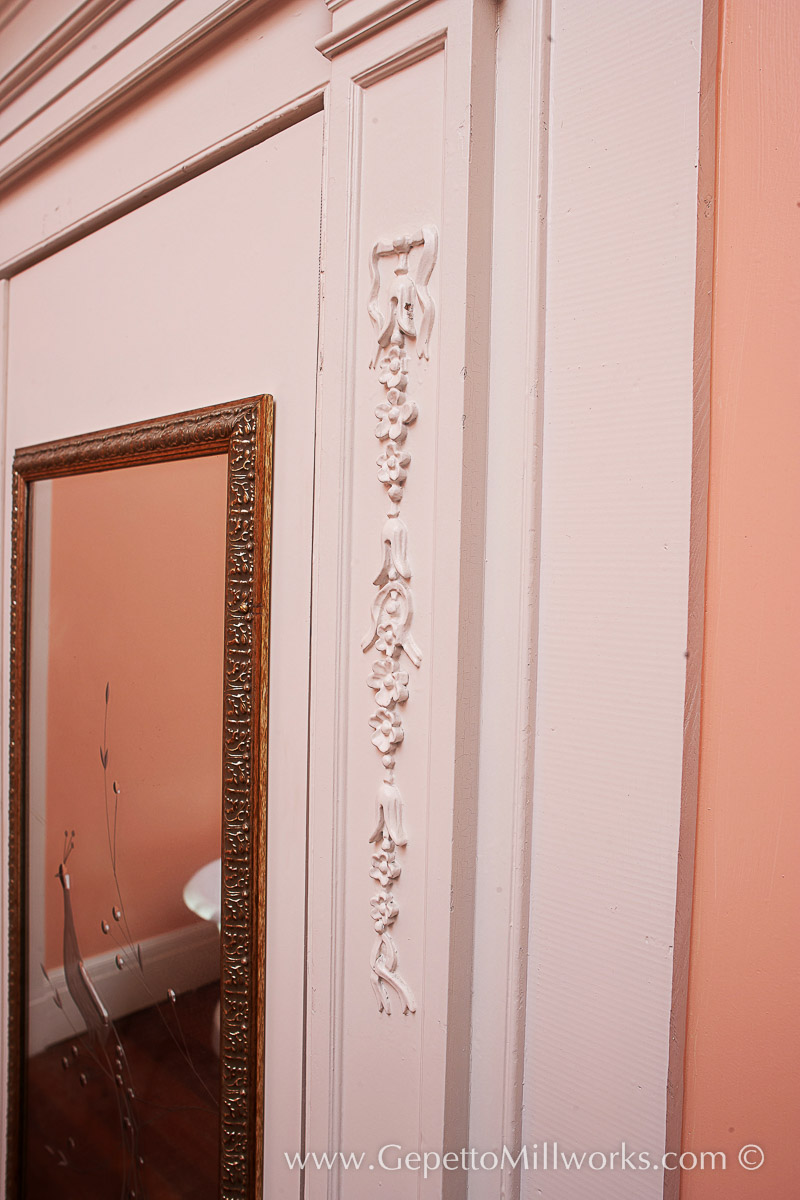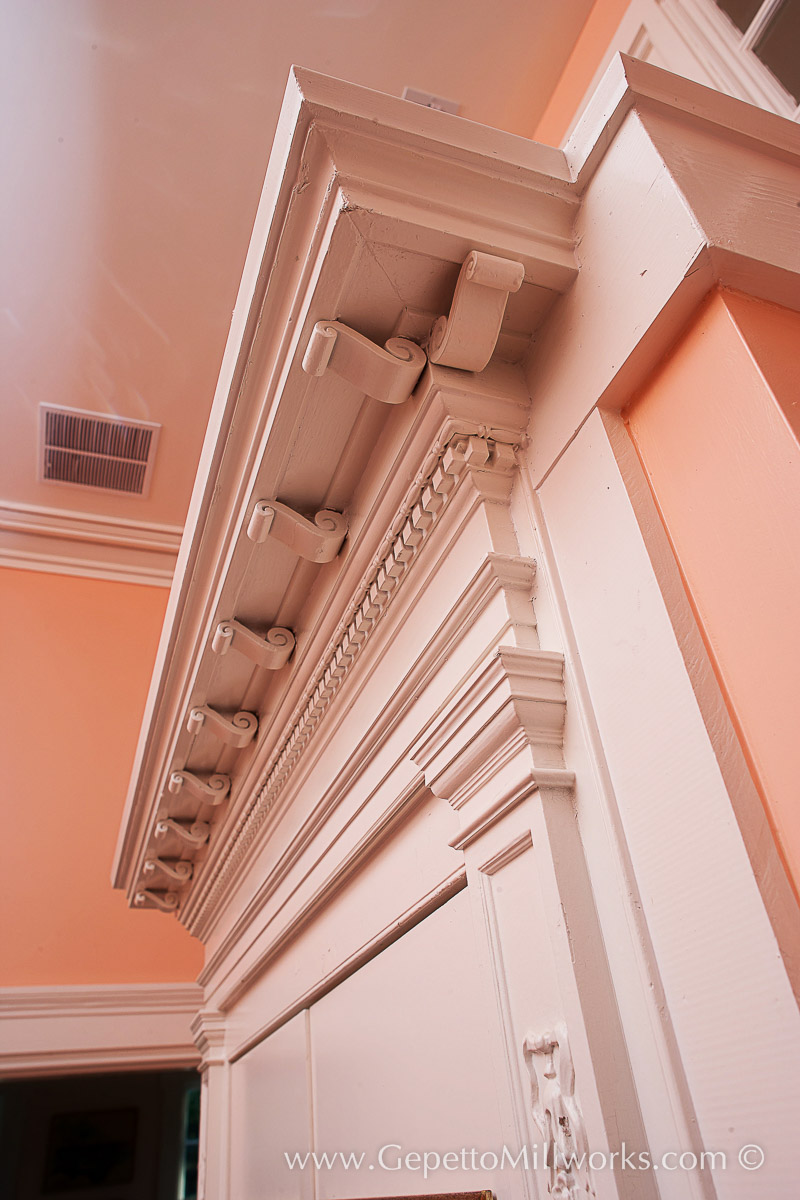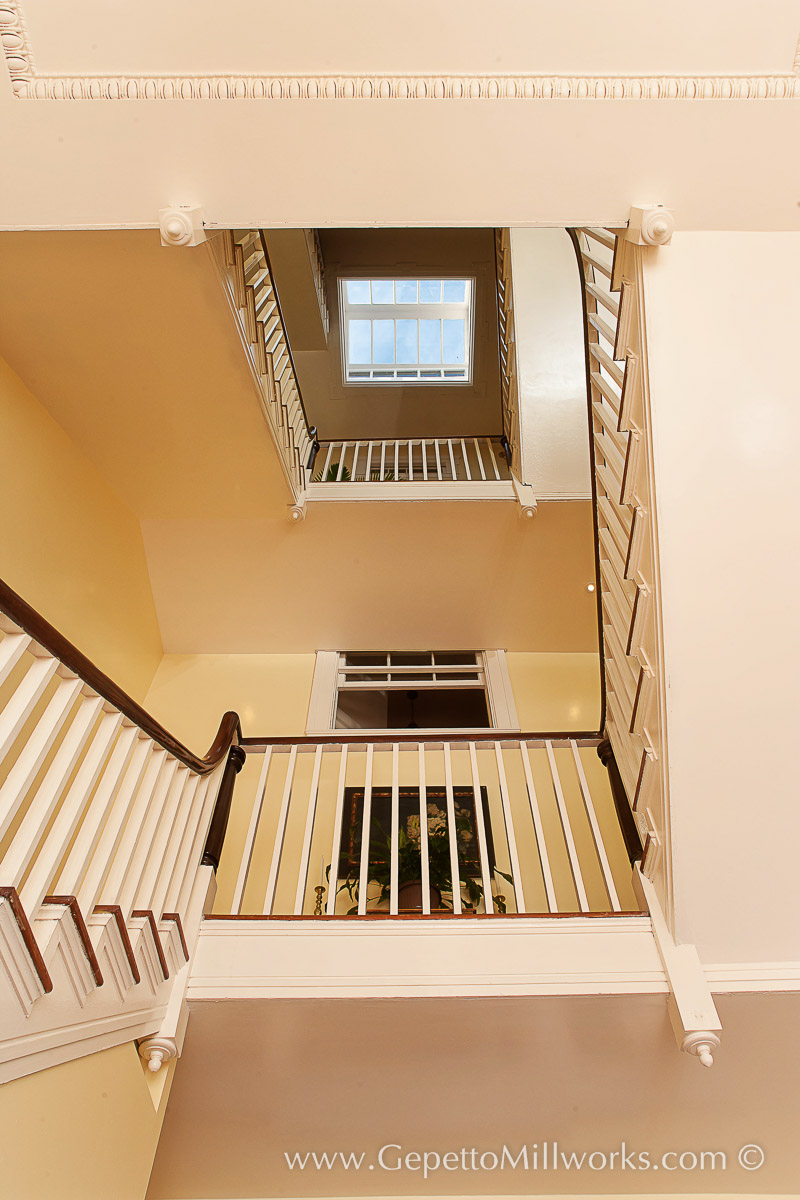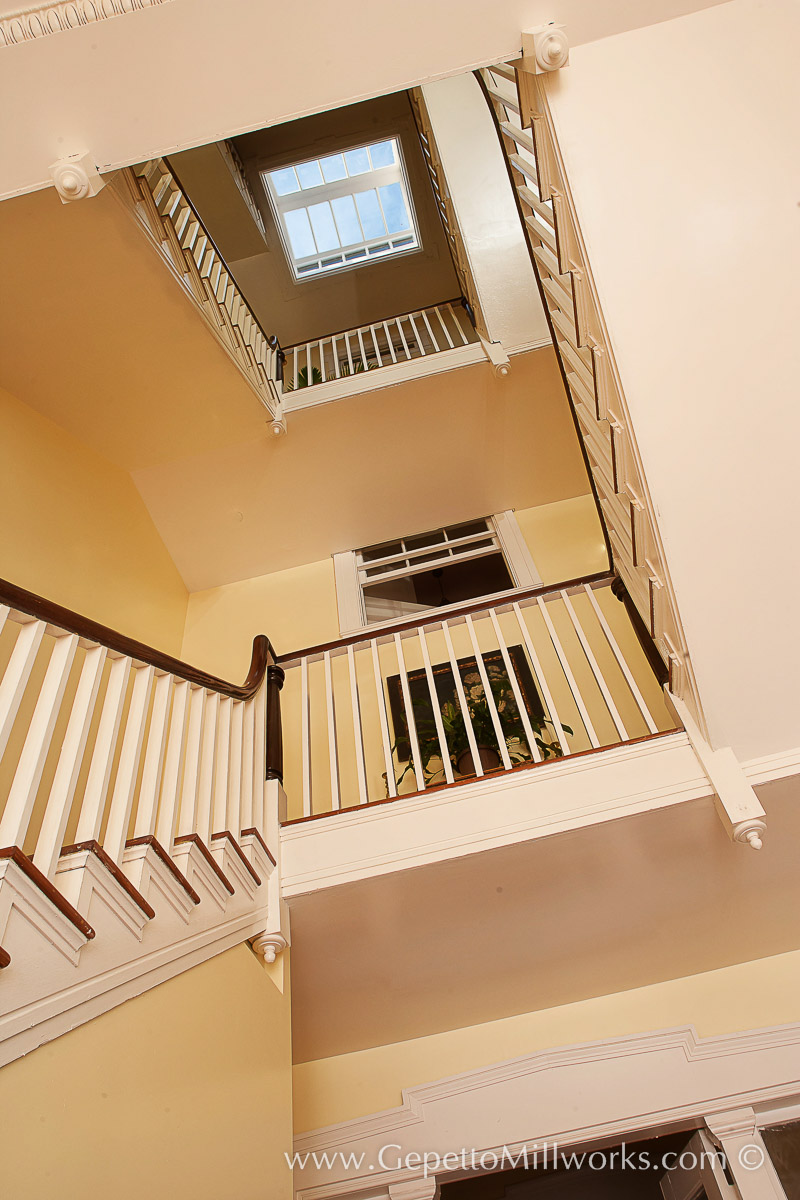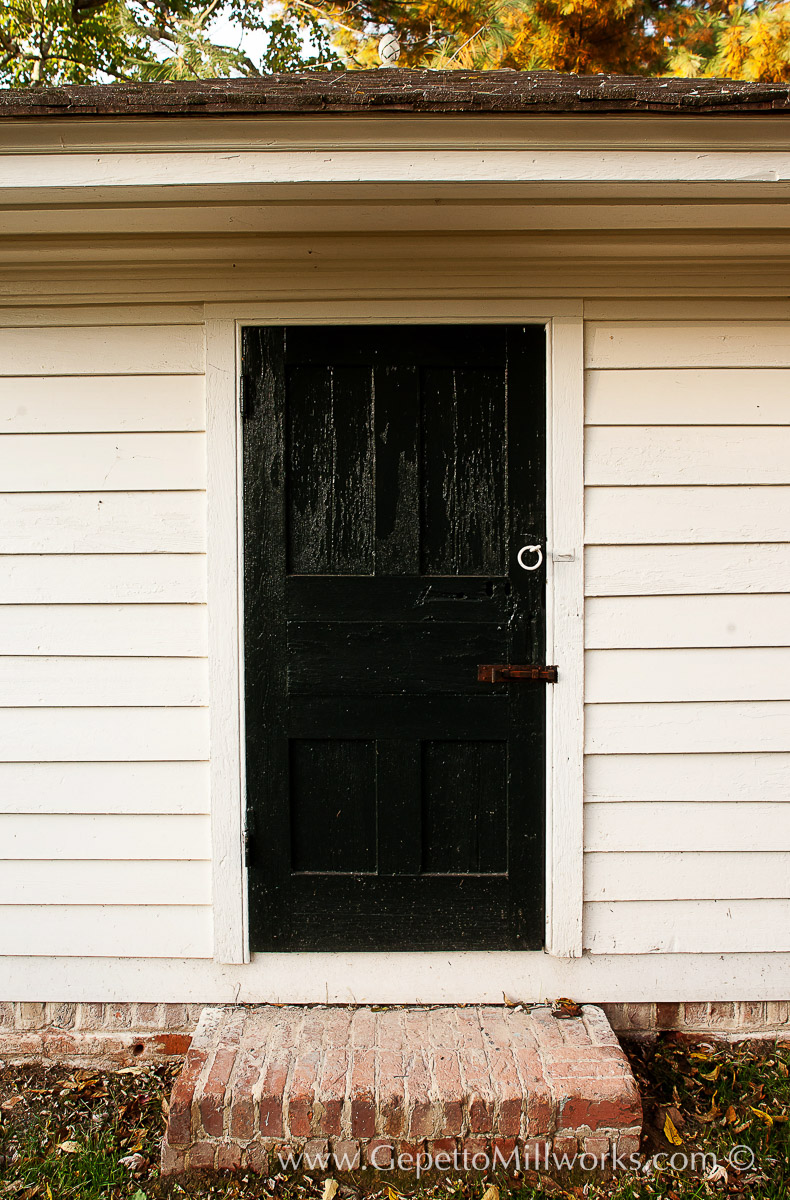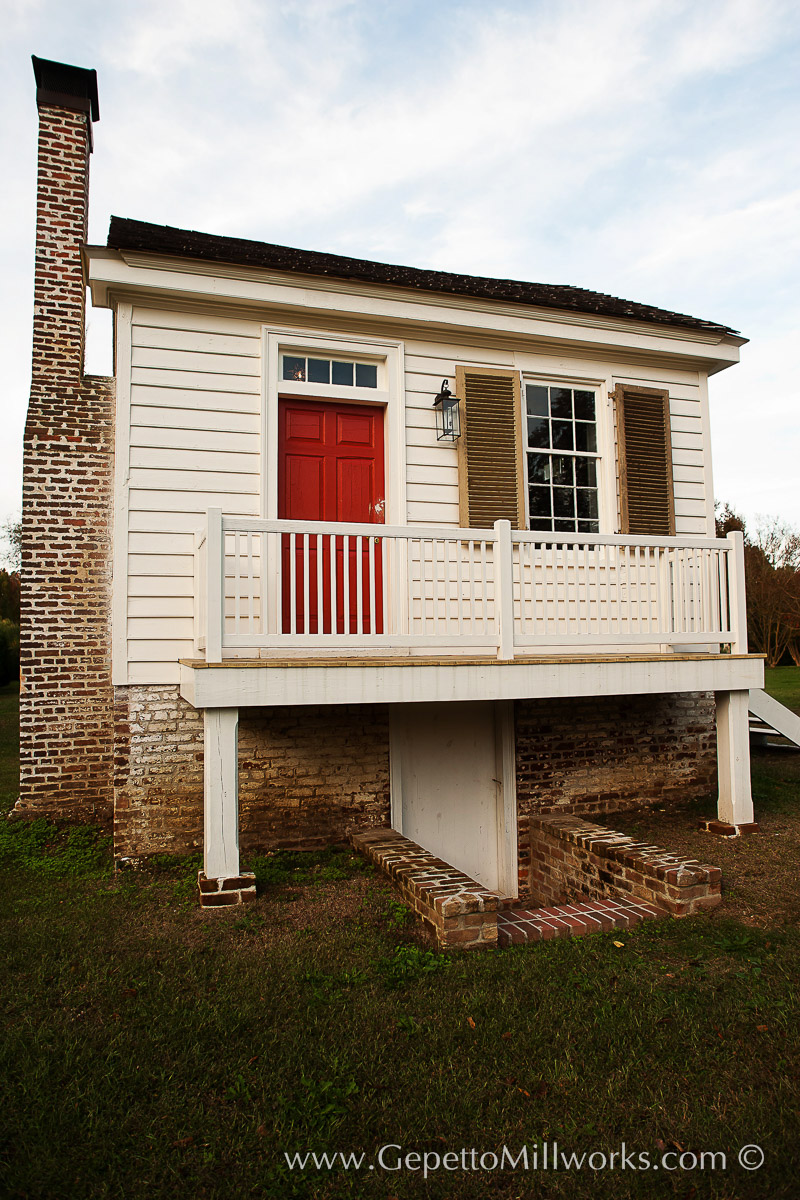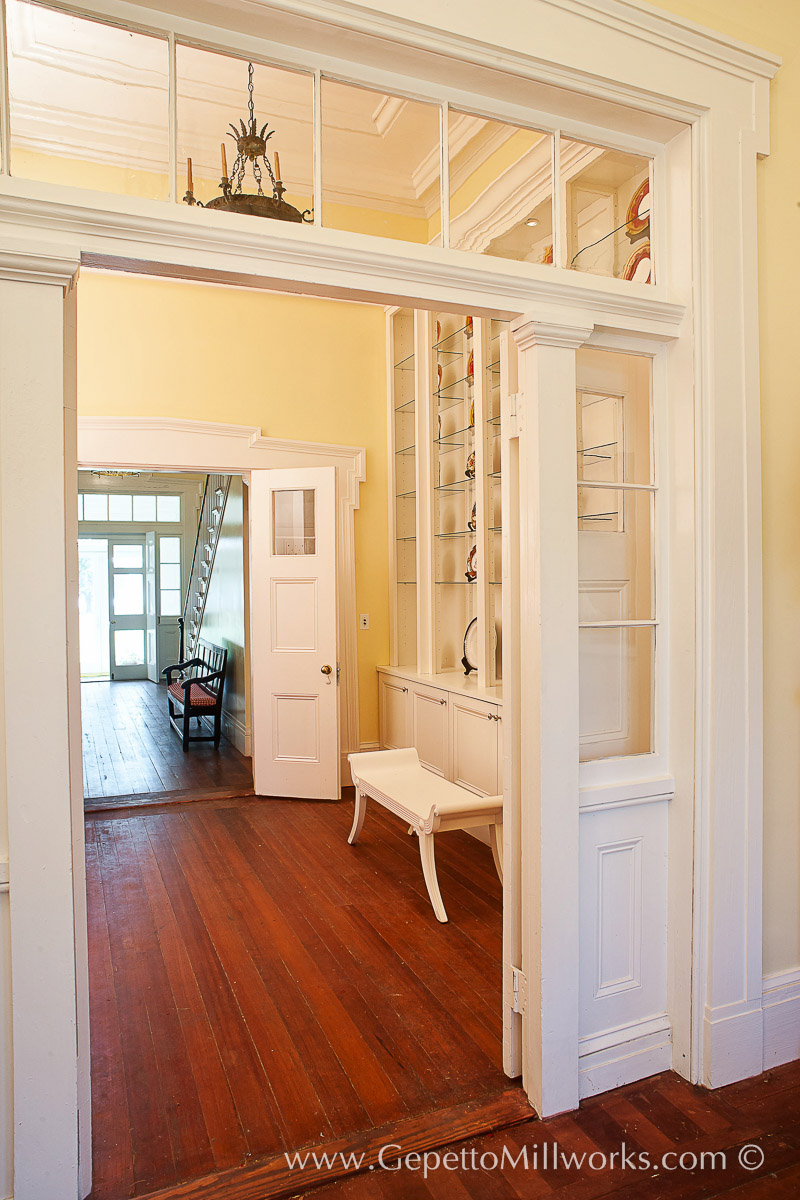Southern Plantation Historic restoration contractor


1. Identify the factors that will shape your decision. Deciding whether to restore or rehabilitate your house, and to what extent, involves understanding its history; its architecture; and the present condition of its materials, finishes, and systems. You should also consider your household’s lifestyle and what personal needs the finished house must accommodate. More broadly, local historic district designations, local building codes, property insurance, and other regulatory or financial considerations will impact the path you take.
2. Review the house’s history. Who lived in the house and when? Did important events occur there? Did either (or both) scenarios have historical significance? If so, you could consider restoring the house to that period to help interpret its history.


4. Know what “rehabilitate” means. To rehabilitate a house means to make it useful and functional for contemporary living while preserving important historic and architectural features. For example, a rehabilitated old house would always include modern electrical, mechanical, and plumbing systems, a modern kitchen, and other attributes typical of present-day homes.
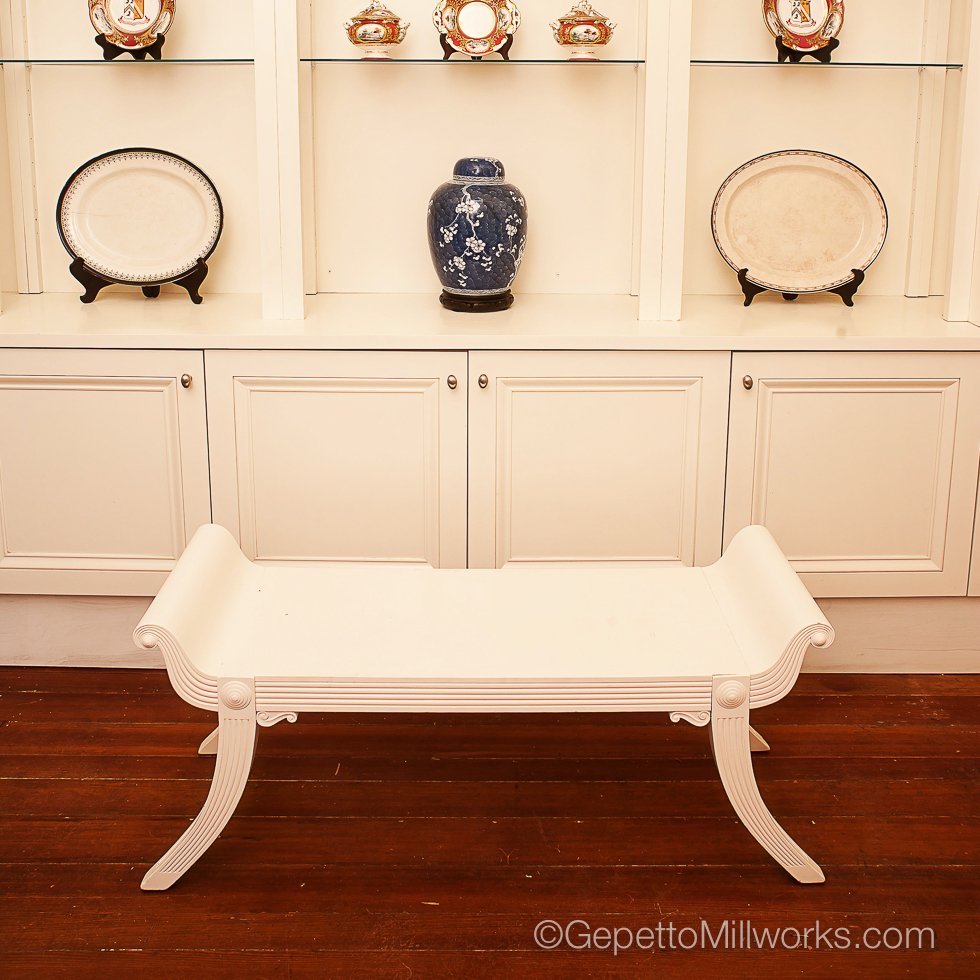

6. Evaluate existing alterations. Consider the quality, design, materials, and craftsmanship of the original house as well as the changes that have occurred over time. Compatible interior and exterior changes of the same or better quality than the original house, even if done in different styles or materials, should probably be kept and restored. Conversely, you should probably remove any poorly designed or executed changes.
9. Take care not to falsify the history of the house. This might seem counter-intuitive, but you actually do want to be able to tell additions apart from the original. That way, the house’s history is visible and transparent. Also be careful not to design additions that make the house appear to date from an earlier or later period, or alter the house’s details to an extent that suggest a different architectural period.
10. Look to the experts. For a more detailed list of recommendations, check out the Secretary of Interior’s Standards for the Treatment of Historic Properties. This jam-packed resource from the National Park Service includes guidelines on preserving, rehabilitating, restoring, and reconstructing historic buildings.
There’s no right or wrong answer when it comes to determining whether you should restore or rehabilitate your historic home. Let your property, capabilities, and needs help guide your decision, and chances are you’ll arrive at an accurate, appropriate solution.
The Glen Roy Estate was renovated and restored with the fine wood fabricated pieces by Gepetto Millworks.
We built most of the wooden construction, which was restored from a gutted historical property including:
- cabinetry
- kitchen design
- wardrobe style kitchen storage
- fireplace mantles
- bathroom storage
- laundry hideaway
- china display shelving
- custom closet design (NYC theme)
- skylight
Glen Roy Plantation is a pristine 3-story, Georgian Revival home, which was completed in 1852. The intact interior features Greek Revival detailing and includes twelve fireplaces, forty windows, fifteen foot ceilings and a widows walk. The house sits on sixty acres with 500 feet of waterfront along the Ware River. There are also extensive lawns and gardens and numerous outbuildings including an 18th century library and a late 19th century carriage house. The property also features a stable, garage, swimming pool and dock.



Project Spotlight: Eclectic kitchen
[oqeygallery id=2]
This project spotlight features the dark chocolaty stain for a rich kitchen experience.
Modern organic: the woodcraft of Si Restaurant
Gepetto brought handmade care to the architectural drawings for Si Restaurant in Downtown Richmond.
View the gallery above to see this heart pine and maple custom milled with circular passageways, arcs and slanted wine rack shelves. The bar style table extends from the vertical curve of the wine rack for bar height seating. The unique table construction utilizing cross grain square cut tiles planed and polished with an epoxy sealer brings the natural warmth and organic fingerprint to the entire surface of the restaurant interior. The bench seating formed from a wave of finish grade ply melds up into the walls and their block and line modern design. The natural organic unstained wood complements and warms the minimalist modern design. (more…)
Custom Wood Bar Design
- custom wood bars
- custom american bars
- custom bars
- wood bars
- custom wet bar
- historical restoration bars

Wooden Bar Eco Moderns Style
- hand crafted bars
- custom designed wood bars
- vintage antique bar
- custom woodworkers
- custom made furniture
- handmade bar stools
- custom bars
- brunswick style bars
- custom made bars
- commercial bars
- complete bars
- contemporary bars
- custom bars
- wood project design layout
- bar design service
- english pub style bar
- lounge bars
- old style wood bars
- wooden bars








